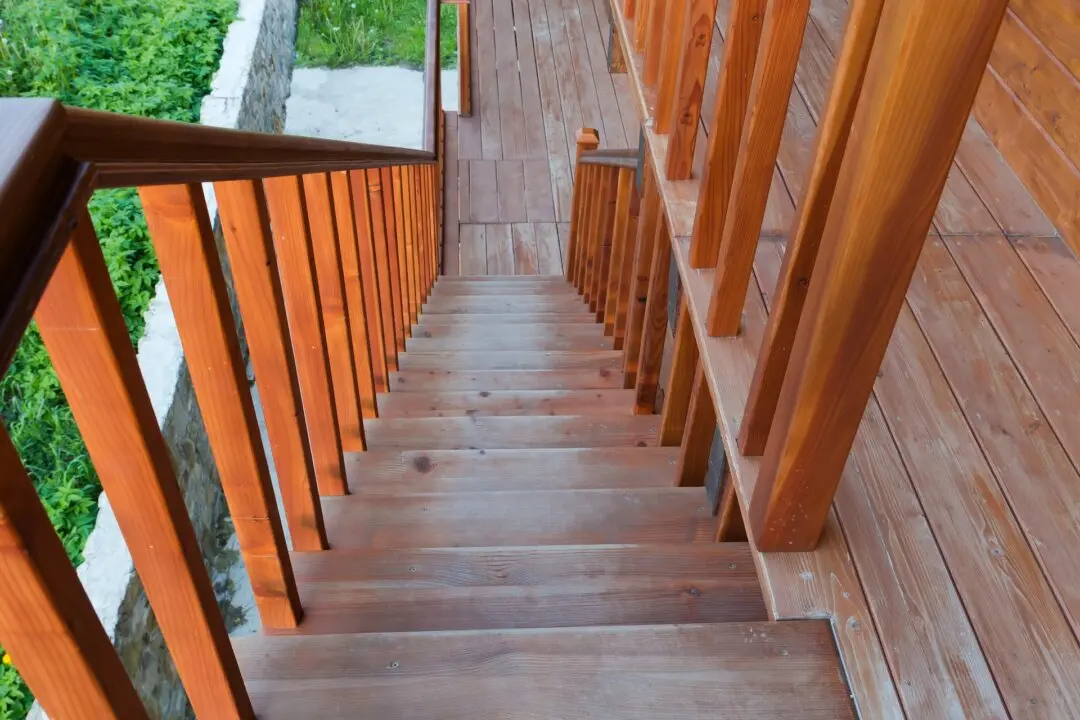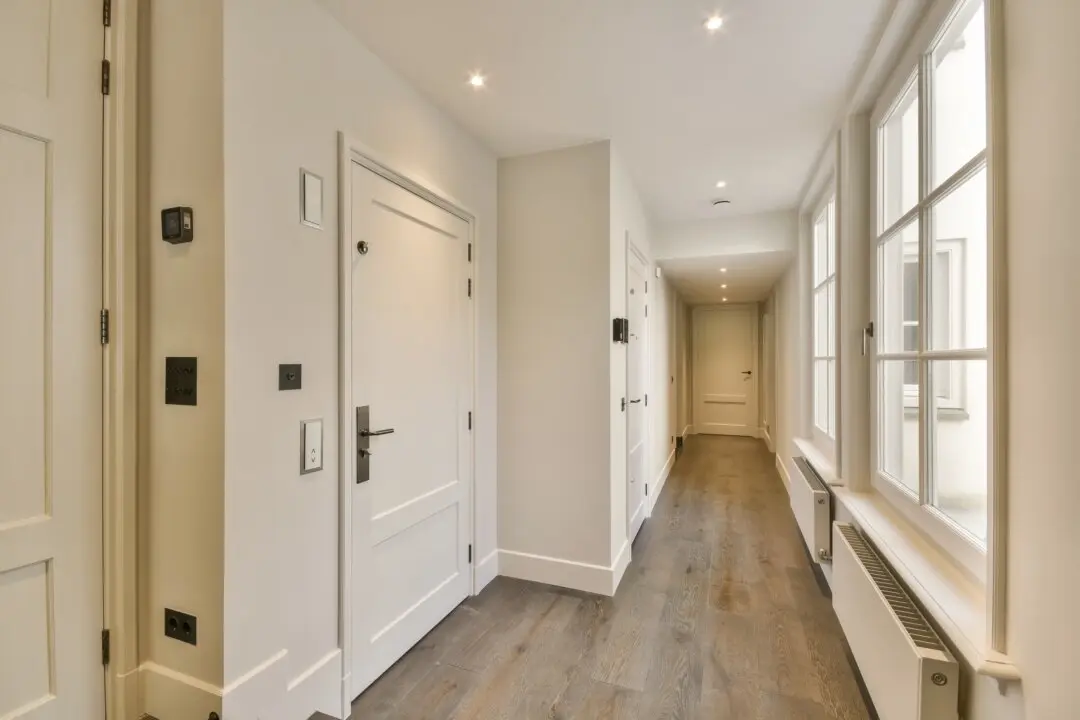Dear James: A dark spot is forming on the ceiling below my master bathroom with a tile floor. My newer house is just past the warranty. Where should I look for the water leak? —Amy F.
Dear Amy: It seems like problems always occur just after the new house warranty expires. The basic plumbing is probably not the source, or the leak would have started from day one. The two most common causes are a leaky wax ring underneath the toilet or faulty waterproof membrane under the shower.





